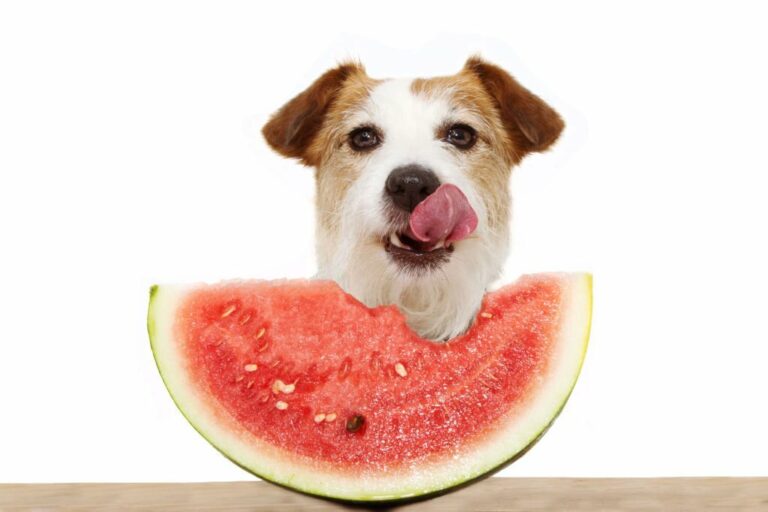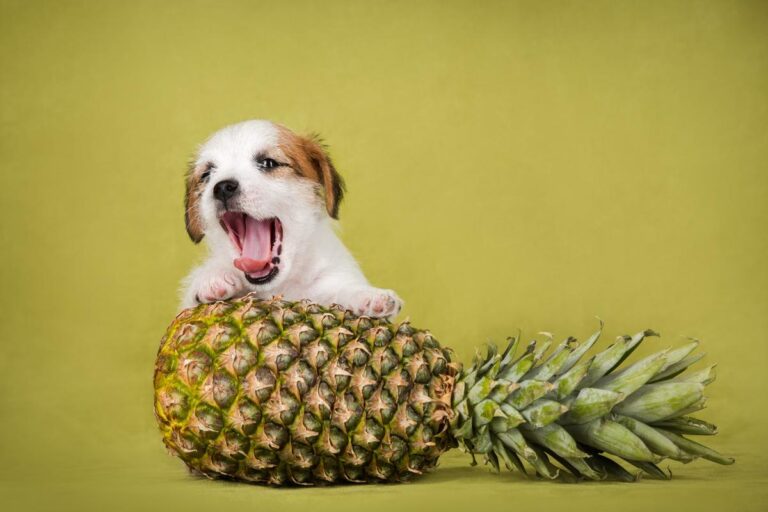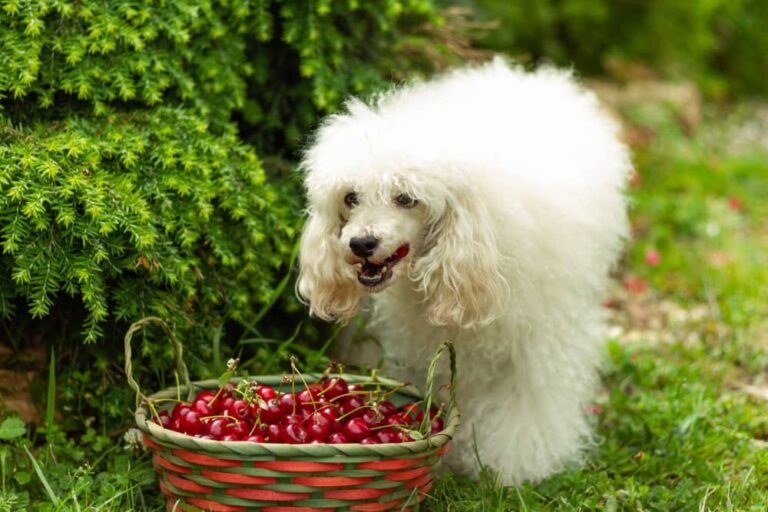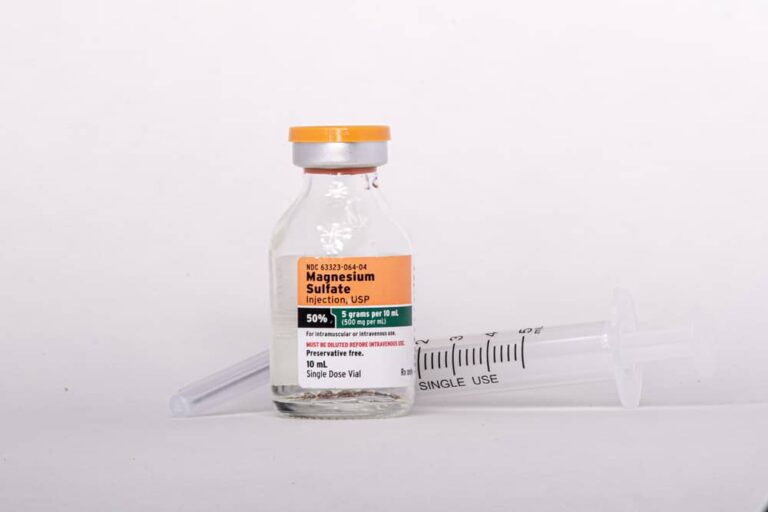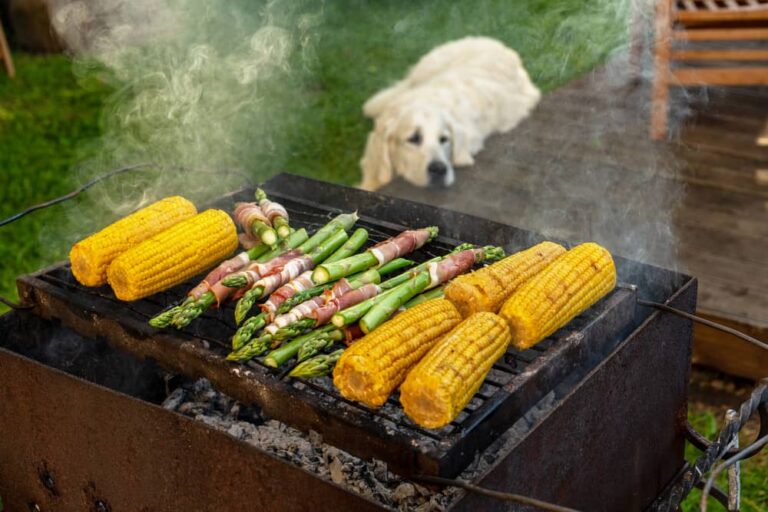Big Muscular Pitbull Tips
Introduction
There are many different ways to make Big Muscular Pitbull Tips. The unique breed of Long Haired Pitbull is renowned for its athleticism and powerful physique. A jacked Pitbull is a Long Hair Pitbull with a well-defined physique.
If you own a Pitbull, you might wonder how to encourage your dog to gain muscle mass and definition.
Fortunately, there are a variety of suggestions and tactics you can try to promote your Pitbull’s muscle development.
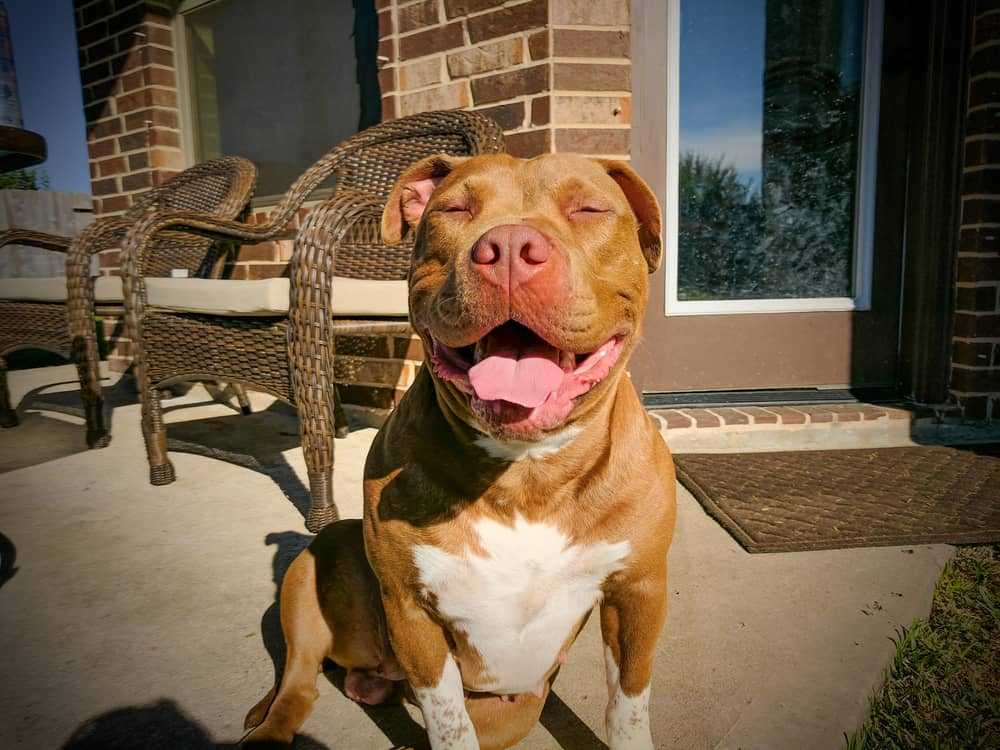
Key suggestions for building muscle in Pitbulls will be covered in this article, including good nutrition, regular exercise, consistency, rest and recovery, supplements, genetics, positive reinforcement, and avoiding overtraining.
By implementing these suggestions, you can encourage your Pitbull’s general health and well-being while also helping them develop the powerful, muscular build for which they are known.
Nutrition Food Requirement for Dogs
Food and Dietary Requirements
- Banana: Dogs can enjoy the natural sweetness and health benefits of bananas in moderation.
- Asparagus: A nutritious veggie that can be a crunchy and tasty treat for your furry friend.
- Strawberry: Rich in vitamins, strawberries make a delightful occasional snack for dogs.
- Orange Chicken: Plain cooked chicken without spices or sauces can be a safe protein source for dogs.
- Almond Butter: Avoid almonds, but dogs can indulge in unsalted and unsweetened almond butter as an occasional treat.
- Quesadilla: Plain tortilla with a small amount of cheese can be a simple treat for dogs.
- Pita Bread: A small piece of plain pita bread can be given as an occasional snack.
- Ricotta Cheese: Dogs may enjoy a little ricotta cheese as an occasional treat, but avoid excessive amounts.
- Provolone Cheese: Offer a tiny piece of provolone cheese as a special reward for your furry companion.
- Banana Pudding: Plain banana pudding without additives or artificial sweeteners can be an occasional treat.
- Watermelon: A refreshing and hydrating fruit that dogs can enjoy in small, seedless portions.
- Coffee Chew Wood: Coffee and any type of wood should be kept away from dogs, as they are harmful.
- Oatmeal Cream Pie: Avoid sugary snacks like oatmeal cream pies, as they are not suitable for dogs.
- Teriyaki Sauce: Skip the teriyaki sauce, as the high sodium content is unhealthy for dogs.
- Mushroom Cream Soup: Keep creamy soups, especially those with mushrooms, away from your furry friend.
Nutritional Values of these Foods
Vitamins and Nutritional Pros and Cons
- Banana:
- Vitamin B6:
- Pros: Supports metabolism, immune system, and red blood cell production.
- Cons: Overconsumption may cause gastrointestinal upset due to high fiber content.
- Vitamin C:
- Pros: Acts as an antioxidant, boosts the immune system, and promotes healthy skin.
- Cons: Dogs produce their own vitamin C, so supplementation is usually unnecessary.
- Vitamin B6:
- Asparagus:
- Vitamin A:
- Pros: Essential for vision, immune function, and cell growth.
- Cons: High-fiber content may lead to stomach upset if given in large quantities.
- Vitamin C:
- Pros: Supports the immune system and helps absorb iron.
- Cons: Overfeeding may lead to gas or mild digestive issues.
- Vitamin A:
- Strawberry:
- Vitamin C:
- Pros: Provides a boost to the immune system and has antioxidant properties.
- Cons: Should be given in moderation due to natural sugars.
- Vitamin C:
- Orange Chicken:
- Vitamin B6:
- Pros: Supports metabolism and brain health.
- Cons: Avoid giving chicken with spices or sauces, which can be harmful.
- Vitamin B6:
- Almond Butter:
- Vitamin E:
- Pros: Protects cells from damage and promotes healthy skin and coat.
- Cons: Almonds themselves can be a choking hazard, so avoid direct consumption.
- Vitamin E:
- Quesadilla:
- Vitamin B6:
- Pros: Supports energy metabolism and nervous system function.
- Cons: High-fat content in cheese may lead to weight gain if given excessively.
- Vitamin B6:
- Pita Bread:
- Various B Vitamins:
- Pros: Essential for energy metabolism and nerve function.
- Cons: Pita bread can be high in carbohydrates, so feed in moderation.
- Various B Vitamins:
- Ricotta Cheese:
- Vitamin A:
- Pros: Important for vision and immune system support.
- Cons: High-fat content, so feed in small amounts to avoid weight gain.
- Vitamin B12:
- Pros: Supports nerve function and red blood cell production.
- Cons: Excessive consumption may lead to gastrointestinal upset.
- Vitamin D:
- Pros: Aids calcium absorption and supports bone health.
- Cons: Over-supplementation can lead to toxicity, as dogs can’t regulate vitamin D as effectively as humans.
- Vitamin K:
- Pros: Crucial for blood clotting and bone health.
- Cons: Excessive vitamin K can interfere with blood-thinning medications.
- Calcium:
- Pros: Essential for bone and teeth health, muscle function, and nerve transmission.
- Cons: Over-supplementation can lead to skeletal problems and urinary issues.
- Vitamin A:
- Provolone Cheese:
- Vitamin A, Vitamin B12, Vitamin K, Calcium:
- Pros: Similar to ricotta cheese, these vitamins and minerals offer various health benefits.
- Cons: High-fat and sodium content, so feed in moderation to avoid health issues.
- Vitamin A, Vitamin B12, Vitamin K, Calcium:
- Banana Pudding:
- Vitamin B6:
- Pros: Supports metabolism and various body functions.
- Cons: Pudding may contain added sugars and artificial ingredients, which are not suitable for dogs.
- Vitamin B6:
- Watermelon:
- Vitamin A, Vitamin B6, Vitamin C:
- Pros: Provide essential vitamins and hydration.
- Cons: Remove seeds and feed seedless watermelon in small portions to prevent choking.
- Vitamin A, Vitamin B6, Vitamin C:
Key suggestions for building Muscular Pitbull Tips
1. Suitable Nutrition
You must first give your Long Haired Pitbull the right nourishment if you want them to gain muscle. A portion of food rich in protein is essential for your dog’s ability to gain muscle. Seek for dog food that has at least 20% protein and has meat listed as the first ingredient.
Other protein sources, such as cooked chicken, turkey, or beef, can be added to your dog’s diet. It’s important to keep in mind that overfeeding your dog might result in obesity, which can have negative effects on their health.
2. Regular Workout Long Haired Pitbull
Maintaining your pitbull’s health and gaining muscle bulk require exercise. Your dog will burn calories and gain muscle mass with regular activity.
The ideal method for gaining muscle mass is a mix of aerobic and strength training workouts. Cardio exercises like walking, running, and fetch are all excellent choices.
Exercises for strengthening the muscles can include tug-of-war, stair climbing, and weightlifting. To prevent damage, make sure you gradually increase the time and intensity of activity.
Also Read: How to Groom a Long Haired German Shepherd?
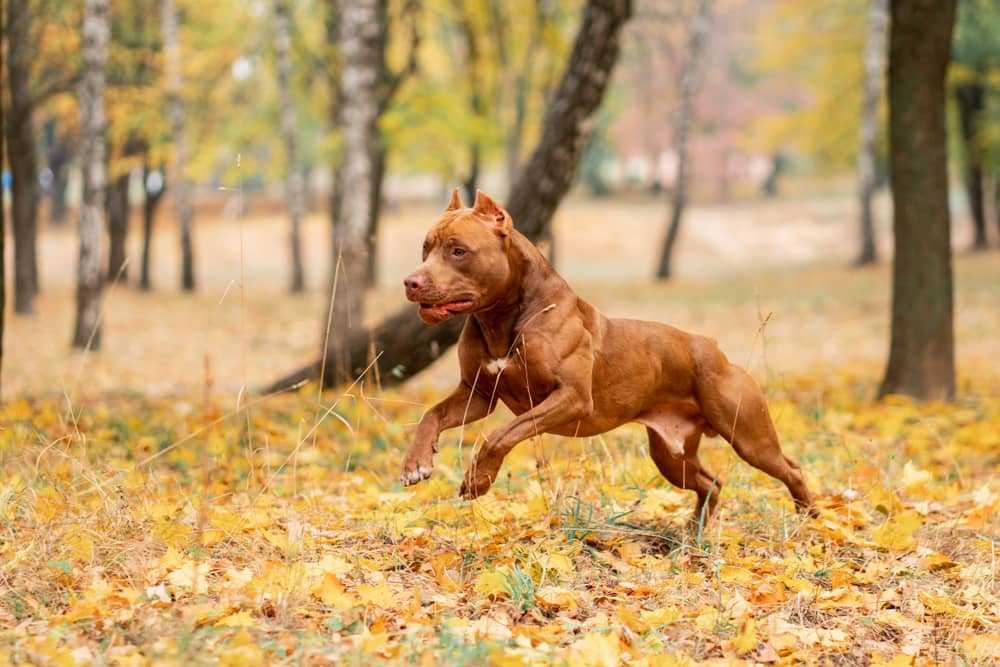
3. Consistency
When it comes to helping your Big Muscular Pitbull, consistency is essential. Your dog will grow muscle over time with regular activity and a steady diet. It’s important to set up and follow a routine. This will help with keeping your dog on track and preventing mistakes.
4. Rest and recovery
When it comes to your Big Muscular Pitbull Tips, rest and recovery are equally as important as training and a healthy diet. Overtraining can prevent the development of muscles and cause injury. Give your dog plenty of downtime between workouts so they’re able to recover. In addition to allowing your dog’s muscles to rest and grow, this will help prevent injuries.
5. Supplements
Supplements can be useful for helping your pitbull gain muscular mass. But, before giving your dog any vitamins, it’s important to speak with your veterinarian. Certain dietary supplements can mix with other drugs or have adverse side effects. Creatine, amino acids, and glucosamine are typical supplements for Long Haired Pitbull.
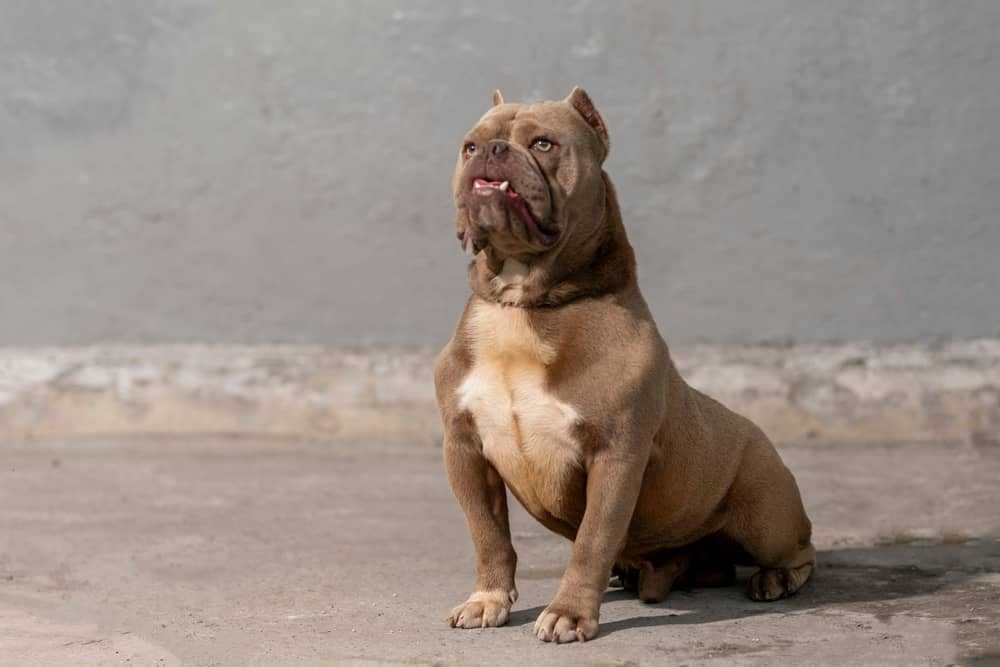
6. Genetics
How much muscle mass your Big Muscular Pitbull can gain depends on genetic variants. Different dogs have different levels of inherent muscle mass. Yet with the right diet, regular exercise, and consistency, your dog can develop their muscles to the fullest extent of their genetic potential.
7. Positive Discipline
When teaching your Big Muscular Pitbull to grow muscle, positive reinforcement is essential. When your dog makes success in their attempt at building muscle, reward them with goodies, compliments, and playtime. This will keep your dog motivated and encourage them to keep improving.
8. Don’t overtrain
Overtraining can slow down the development of muscles and cause injury. To prevent overtraining, make sure you gradually increase the amount of time spent exercising and the intensity. Take a break from training if your dog displays signs of exhaustion or an injury, and then visit your veterinarian.
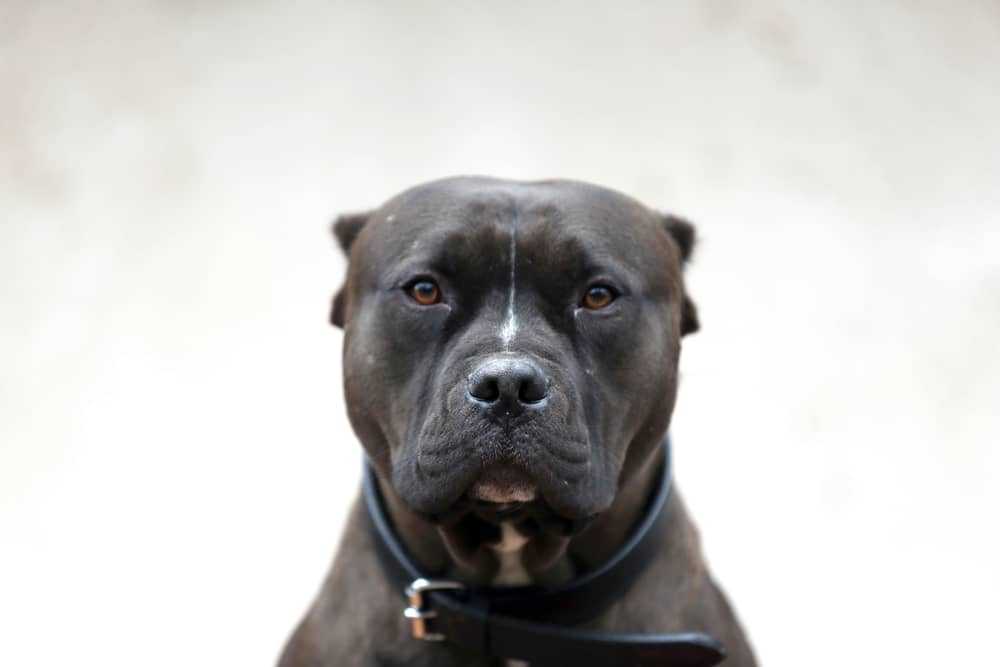
Also Read: The Ultimate Guide For Black German Shepherd Puppies
9. Use resistance training
Pitbulls can gain muscle mass by doing resistance training. To challenge the muscles, this sort of exercise uses weights or other forms of resistance. Using a weighted belt when out on a walk, pulling a cart or tyre, and utilising resistance bands for strength training are a few examples of resistance training activities for Pitbulls.
10. Observe body fat percentage
You can tell if your Pitbull is building muscle or just fat by keeping an eye on their body fat percentage. Pitbulls should ideally have a body fat content of 12–15%. If their body fat percentage is higher than this, they should up their exercise and make diet changes to encourage the building of lean muscle and reduce fat.
11. Provide a lot of water
For Pitbulls to gain muscle and maintain overall health, staying hydrated is important. Make sure you always have plenty of fresh water available for your dog, especially during and after physical activity. Dehydration can cause muscle fatigue and slow the process of gaining muscle.
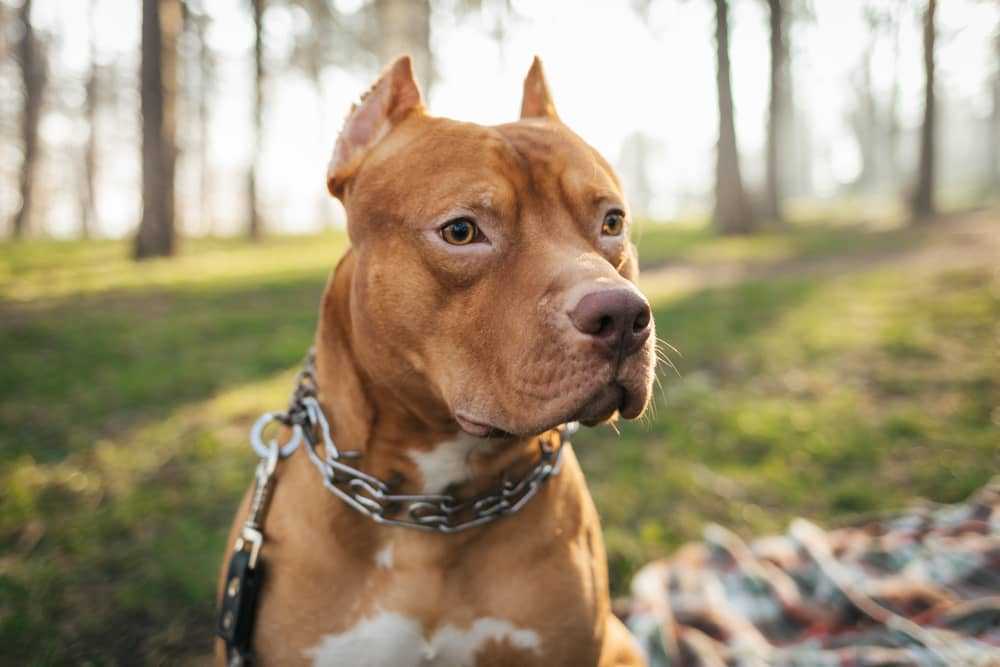
12. Consider professional training
When a Pitbull struggles to put on muscle, working with a qualified dog trainer or strength and conditioning coach might be beneficial. These experts can advise on the best ways to exercise, diet, and take supplements to encourage muscle building.
13. Skip the steroids
While fast muscle gains could be attractive, steroids carry major health dangers to dogs. Pitbulls who use steroids can experience hormonal imbalances, liver damage, and cardiac issues. It’s best to keep away from steroid use and concentrate on natural approaches to muscle growth.
Also Read: The Ultimate Guide for Teacup Yorkie Poo Dog Breed
14. Be persistent
Pitbulls need time and patience to develop their muscles. Before you begin to see noticeable muscular gains, this could take several months of consistent training and nutrition. It’s important to stick with the process and not lose motivation if progress is slow. Your Pitbull can attain their muscle-building goals with dedication and hard work.
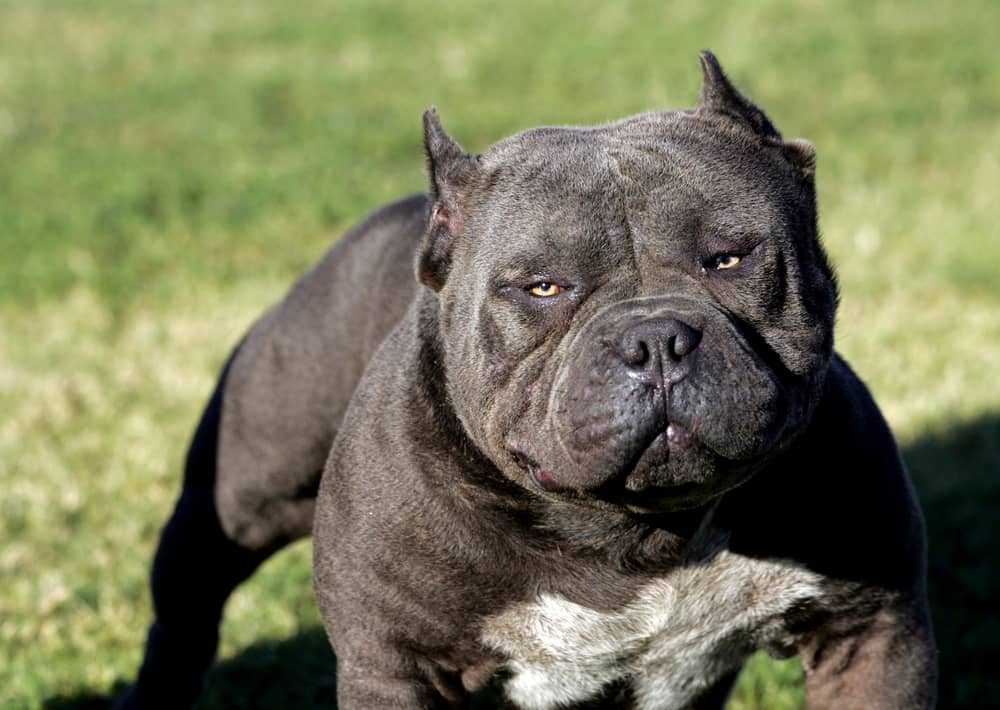
Conclusion
To sum up, for Big Muscular Pitbull to gain muscle mass, a combination of healthy eating, consistent exercise, consistency, rest and recovery, supplements, genetics, positive reinforcement, and avoiding overtraining is necessary. It’s essential to remember that building muscle requires persistence, time, and commitment.
You can encourage your Pitbull’s muscular growth while enhancing their general health and well-being by feeding them balanced and nutritious food, engaging them in regular activity that includes resistance training, and giving them plenty of rest and recovery time.
Always keep an eye on your Pitbull’s body fat percentage, make sure they have access to enough water, and if required, think about hiring a professional dog trainer or strength and conditioning coach. Your Pitbull can achieve their muscle-building goals and grow into the strong, healthy, and Long Hair Pitbull they were meant to be with dedication and hard effort.
